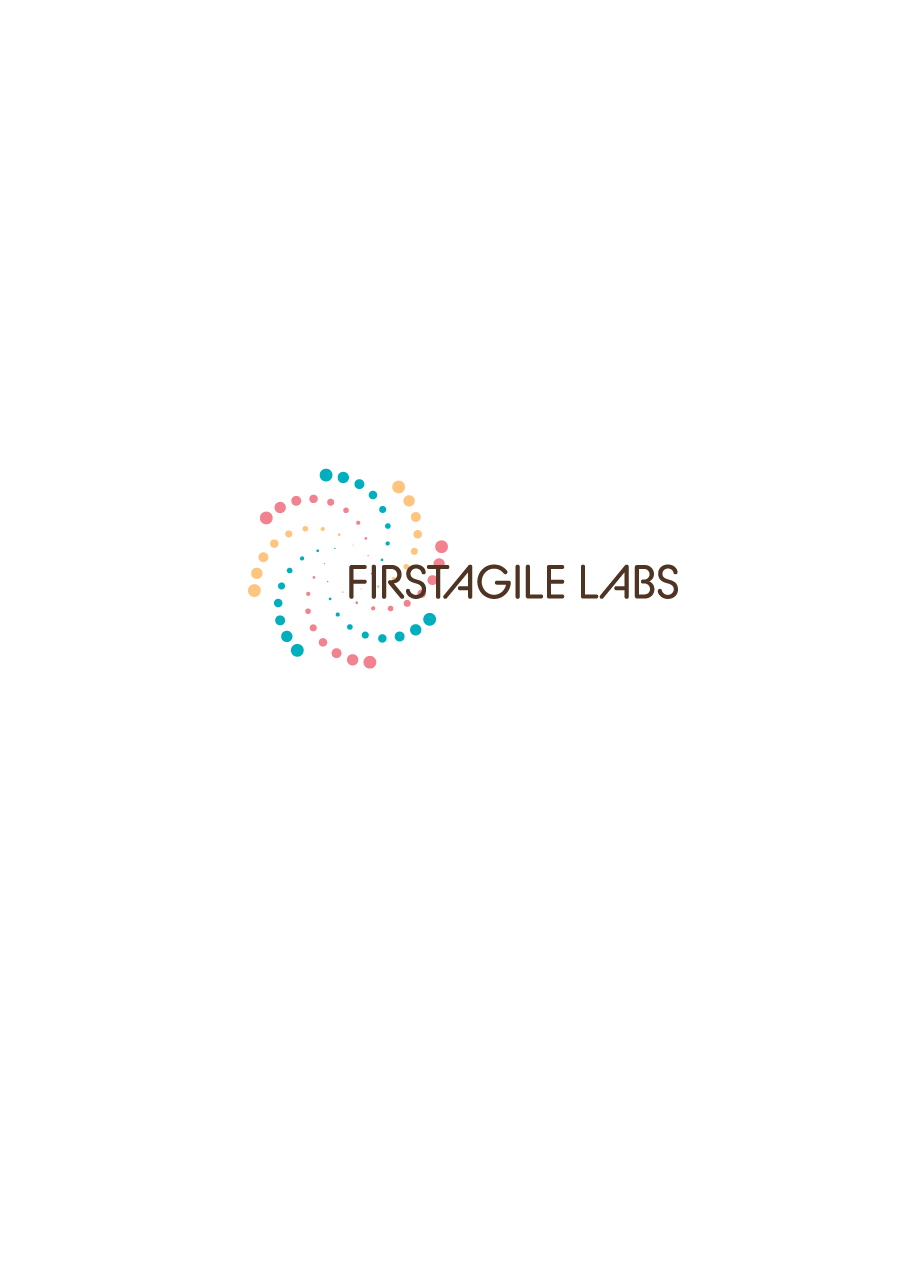Continuous Integration Testing: Improving Development Efficiency
FirstAgile, via continuous integration testing, guarantees that integration problems are caught and resolved early on to avoid new updates disrupting current functionality. Continuous Integration (CI) Testing is a software development practice wherein changes to code are repeatedly integrated and tested automatically several times per day.

What is the Purpose of Continuous Integration Testing
Early Identification of Problems: CI testing identifies bugs or integration issues as soon as they arise, making them less expensive and easier to fix.
Code Consistency: It guarantees that new code additions are compatible with the current system, maintaining the software’s stability.
Reduced Development Cycles: Automating testing and integration, CI testing simplifies the development process, resulting in quicker release schedules.
Advantages of Continuous Integration Testing
Early Bug Detection: Testing continuously permits instantaneous problem detection, negating the chances of defects building up over time.
Improved Code Quality: Regular testing ensures that the codebase always has the potential for deployment, making overall software quality better.
Quick Feedback Cycle: Immediate feedback is provided to developers regarding their code, allowing for faster iterations and effective changes.
Conclusion:
Continuous Integration testing is essential in ensuring an effective, stable development pipeline. Continuous Integration testing prevents issues from propagating, makes the code quality better, and speeds up the overall software delivery process.

